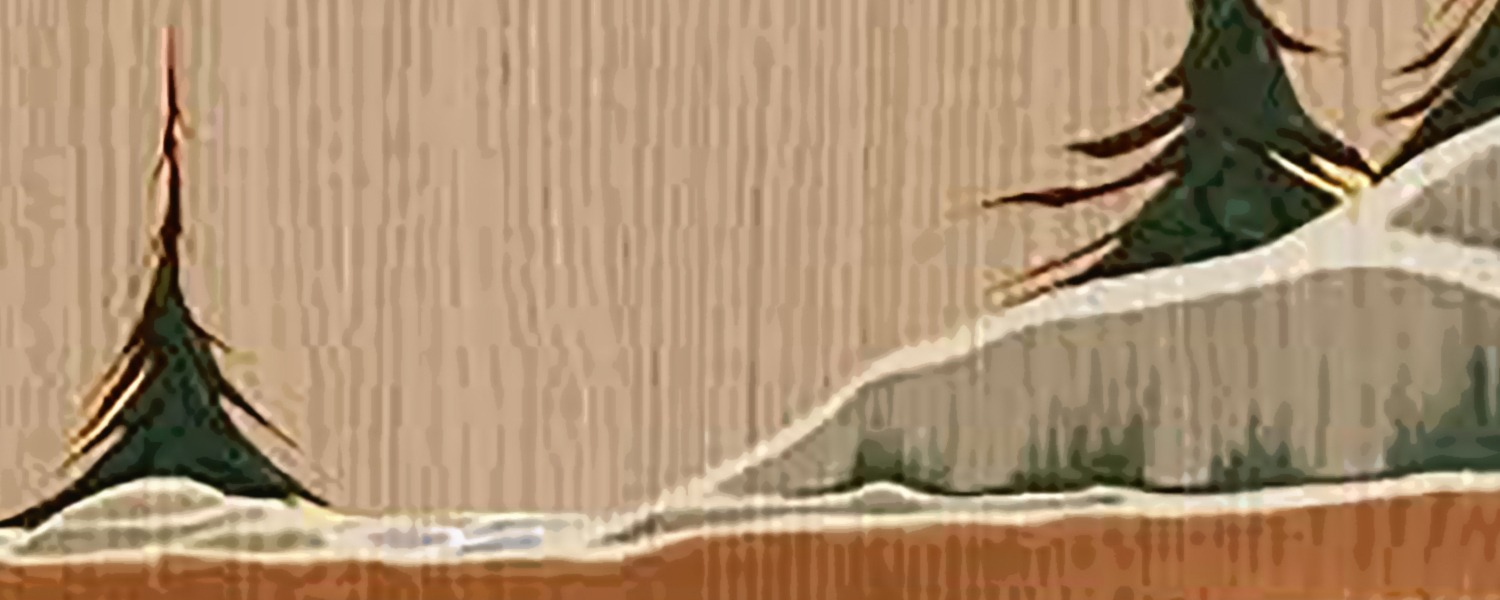On March 17, 2020, Premier Doug Ford declared a state of emergency to contain the spread of COVID-19. You can see a video of the announcement at this link.
This is a primer about some of the legal consequences of the state of emergency for First Nations.
A declaration of a state of emergency is a legal instrument under the Ontario Emergency Management and Civil Protection Act. It gives the Ontario government enhanced powers to take “immediate action to prevent, reduce or mitigate a danger of major proportions that could result in serious harm to persons or substantial damage to property.”
Ontario has made three orders so far. We will update this blog with additional information if new orders are made.
Government Powers in a State of Emergency
Order in Council 518/2020 declares a state of emergency, which enables the Ontario Cabinet to make orders that it “believes are necessary and essential in the circumstances to prevent, reduce or mitigate serious harm to persons or substantial damage to property.” An order must be made for at least one of 14 purposes set out in the Act. Today’s other two orders provide as follows:
Order in Council 519/2020:
The following establishments are hereby ordered to be closed as of the date and time of this Order until March 31st, 2020 unless this Order is terminated earlier:
- All facilities providing indoor recreational programs,
- All public libraries,
- All private schools as defined in the Education Act,
- All licensed child care centres,
- All bars and restaurants, except to the extent that such facilities provide takeout food and delivery,
- All theatres including those offering live performances of music, dance, and other art forms, as well as cinemas that show movies, and
- Concert venues.
Order in Council 520/2020:
[A]ll organized public events of over fifty people are hereby prohibited including parades and events and communal services within places of worship.
Cabinet can also make orders for, among other things:
- Regulating or prohibiting travel or movement to, from or within any specified area
- Evacuating individuals and animals and removing personal property from any specified area and making arrangements for the adequate care and protection of individuals and property
- Establishing facilities for the care, welfare, safety and shelter of individuals, including emergency shelters and hospitals
- To prevent, respond to or alleviate the effects of the emergency, constructing works, restoring necessary facilities and appropriating, using, destroying, removing or disposing of property
- Using any necessary goods, services and resources within any part of Ontario, distributing, and making available necessary goods, services and resources and establishing centres for their distribution
- Procuring necessary goods, services and resources, and
- Fixing prices for necessary goods, services and resources and prohibiting charging unconscionable prices in respect of necessary goods, services and resources
The Premier may exercise any power of the Ontario government granted by provincial legislation. The Premier may also make an order taking control of a municipality if he “considers it necessary.”
Ontario has broad powers to enforce Cabinet’s orders. It can obtain court orders without notice, and individuals that violate an order or obstruct the execution of an order can be liable for up to a fine of up to $100,000 and imprisonment of one year.
The state of emergency will last until the end of April 1st, unless it is terminated early. Cabinet can extend it once for another 14 days. After that, the legislature may extend it 28 days at a time.
How Does the State of Emergency Apply to First Nations?
The Emergency Management and Civil Protection Act is provincial legislation, meaning that it only applies to First Nations to the extent of Ontario’s jurisdiction. Provincial laws “of general application” apply to First Nations and reserves with several exceptions listed in s. 88 of the Indian Act.
The parts of the legislation granting the government special powers, including the power to make orders, apply the same to First Nations as the rest of Ontario. The Act provides that by default, orders prevail if they conflict with Ontario legislation, or any regulation, “rule, by-law, other order or instrument of a legislative nature, including a licence or approval” made under Ontario legislation.
However, certain orders may apply only in part, or not at all, in two cases.
First, an order would be inapplicable to the extent that it interferes with the “core” of First Nations’ and the federal government’s jurisdiction over reserve lands. What constitutes the core of this jurisdiction is unclear, but it could affect orders which try to take control of reserve land, building structures on reserve land, or putting reserve land to a specific use.
Second, an order would be inapplicable to the extent that it conflicts with federal legislation, meaning that it is impossible to comply with the order and the federal legislation, or the order is contrary to the purpose of federal legislation. For example if a provincial order conflicted with an order made under federal emergency legislation (e.g. the provincial order closes schools and the federal order keeps them open), the federal order would prevail.
Because First Nations enact bylaws under the Indian Act, they count as federal legislation that would prevail if they conflicted with a provincial order. Most notably, First Nations can pass bylaws “to provide for the health of residents on the reserve and to prevent the spreading of contagious and infectious diseases.”
It is uncertain whether a BCR would prevail over a conflicting provincial order. If this is an issue, we recommend that the First Nation pass a bylaw. There are specific procedures for a First Nation to follow when passing a bylaw. If you have questions, please contact OKT for specific legal advice.
Section 7.01.3(2) of the Emergency Management and Civil Protection Act grants the Premier the extraordinary power of taking control of municipalities, including their facilities and equipment. However, the definition of “municipality” in the Act clearly does not include First Nations.
Note: The COVID-19 situation is rapidly evolving, and the facts are changing on an hourly basis. This post is current to March 17, 2020. OKT always recommends that you speak to a lawyer directly if you need advice about a specific situation.
To download a copy of this article, please click here
Related Posts

OKT is Proud to be Recognized in the Canadian Legal Lexpert® Directory as a National Leader in Aboriginal Law
Tuesday, March 11, 2025
OKT is proud to once again be recognized in the Canadian Legal Lexpert® Directory as a national leader in Aboriginal law.
Each year,…
Read More...
Join Our Team - Vice-President, People and Marketing
Tuesday, February 18, 2025
OKT is a law firm dedicated to advancing the sovereignty and prosperity of Indigenous governments, organizations, and peoples. Our central philosophy posits that true justice cannot…
Read More...
Event - 1L Open House
OKT is excited to invite all Indigenous 1L students to our upcoming Open House – a unique opportunity to connect with our lawyers, explore our firm’s dynamic culture, and discover…
Read More...
